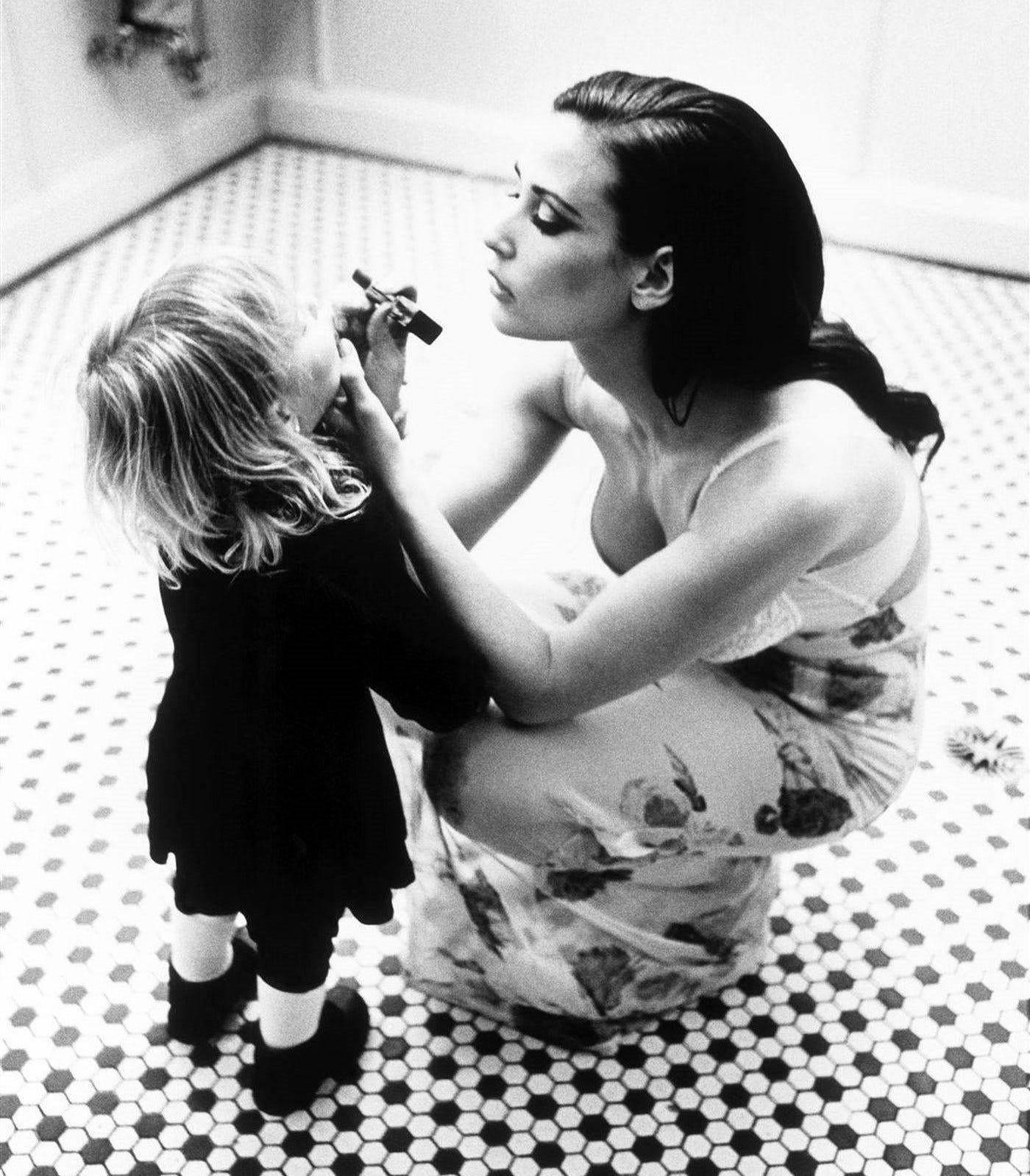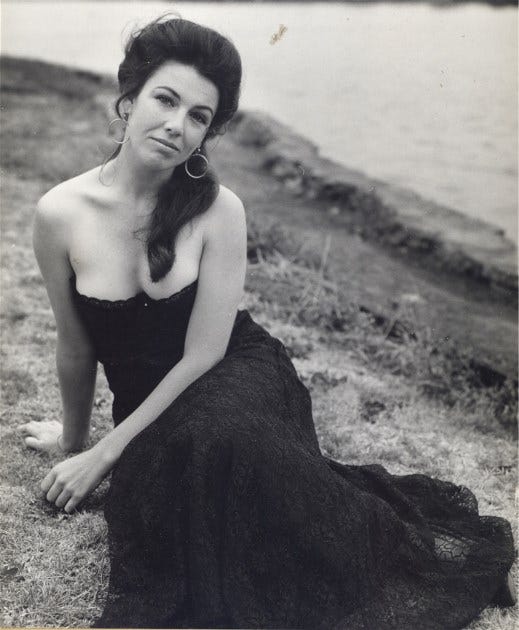Feminine Msn Told to Dress as Woman for Blisjo
I. Girl, Begun: Why my mother raised me as a girl.

I said it was complicated. I said I was raised as a girl, but there was more to it than that.
Yes, I grew up as a girl, but not like Avery, on the cover of National Geographic. In my girlhood there was ambiguity, uncertainty, a certain stealth, and, inevitably, an end.
From age four, when my mother first began to appreciate the nature of my gender, and for the subsequent decade, my life floated within the norms of girlhood, albeit with occasional, painful caveats: a couple ill-advised and abortive attempts to enrol me in school, sometimes-awkward statements blurting from my mother's mouth, strange looks when passports came out…
It wasn't like she had a plan. She didn't 'understand', in the sense that some parents today do. She didn't have a name for my circumstance, a diagnosis to attach to me, any guide to follow. She was, herself, a free-spirit of a coming age, as evidenced by the made-up, vaguely feminine name she'd blessed me with at birth, in the way she allowed me to express myself through my appearance and behaviour, and by our itinerant lifestyle, shifting from country to country as year by year we made our way across Europe; Spain, France, UK, Norway.
It is around three or four years of age that we become aware of our gender,* aware that we are more like one of our parents than the other, and that boys and girls are divided into separate lives. It is then that we make our move, or are moved. If there is a disconnect, it is then that we first make our stand, if we can. And it was then, just a couple years before my parents' separation, that I made my move.
'What are you doing, honey?'
'Being a mommy.'
'Are you, then?'
I was at her wardrobe. I had put on one of her blouses, which made for me a floor-length gown, and was clomping about in her red high-heels and a string of pearls. She gently lifted the pearls — a legacy of her great aunt — from me and replaced them with a faux-gold chain; surveyed the result. She took matching clip-ons from her jewellery box and attached them to my earlobes. They pinched a bit.
'Wait there.'
She returned with her handbag, from which she retrieved her lipstick. Her hand on my cheek to hold me steady, she applied colour to my lips, blotted it with a tissue. She added a bit of blush to my cheeks from a compact. With her silver backed, boar-bristle brush she swept my strawberry-blonde hair past my shoulders, then handed me the matching hand mirror.
I distinctly recall the rush I felt upon seeing my reflection.
That was my mum.

It would be foolish to think that, in 1961, my mother understood that I was female in the most fundamental sense. It is unlikely that she ever completely understood this, and certainly not when I was four. But there was always something odd in the way she treated me, at least given the culture of that time: note my already long hair. A decade later, my father blamed my mother for what was 'wrong' with me, claiming that she'd always wanted a girl and that this was why she had raised me as she had, allowed me to be as I was, corrupted me. Perhaps he was right.
There was a precedent. Where my mother was odd, hyper-feminine, gentle, flexible, indulgent, and had wanted a daughter, her mother had also been odd, but opposite: masculine in appearance, harsh, strict, rigid, had wanted sons; a fact that she had impressed upon her three daughters. My grandmother was a strange, cruel woman; if, indeed, woman she was.
They were estranged, mother and daughter, and had been since my mother's teen years. She rarely spoke of her mother, but did share a few, rather horrible stories; and a few of the facts were filled-in by my aunt, her sister, decades after their deaths. I never met my grandmother.
Evidently, grandmother had always worn trousers, and had done since she'd attended engineering school in the 1920s, where it was men-only and the dress code was suit-and-tie. She held to that dress code throughout her career as a civil engineer, she wore her hair very short, even for a man of her day, and certainly never a bit of makeup or jewellery. She had a pocket-watch.
This is not to say that grandmother was transmasculine — clothes do not make the man — and there is, of course, no way to know. If she was, then it seems odd that she married and had three children, but this is not conclusive either. And she would not be the first woman to cut her hair and wear a suit to pass in a man's world. She secured for herself a university degree and a career in a time when this would not normally have been possible.
And she was very cruel to her children. She gave her daughters crew-cuts and sent them to school in overalls, in America's South, during the 1940s. She reminded them constantly that they should've been boys, and horse-whipped them when they crossed her.
My mother escaped her mother by deliberately getting herself sent to boarding school at age 14, whereupon she learnt to sew, acquired dresses, and grew her hair out. It is little surprise then, that a mere decade later, I had long, strawberry-blonde hair to go with my green eyes, and two simple dresses, of plain white cloth, which she had sewn for me.
As I said, it was complicated.
Source: https://medium.com/athena-talks/i-girl-begun-why-my-mother-raised-me-as-a-girl-3005132df0b8
0 Response to "Feminine Msn Told to Dress as Woman for Blisjo"
Post a Comment